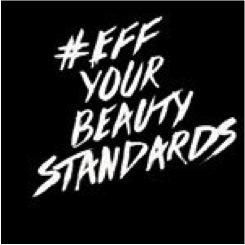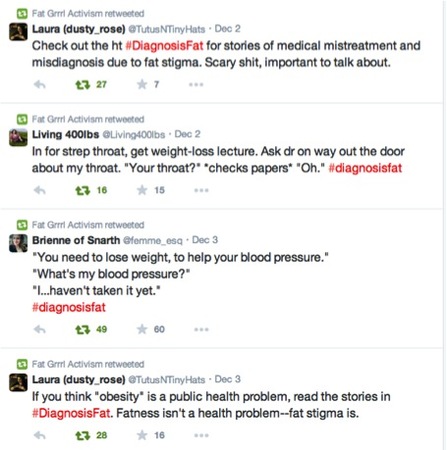Healthism (Kate Mason)
This term, popularized by Deborah Lupton (1995), refers to the privileging of health over other concerns and priorities. More recently, I’ve revisited the term while reading Against Health: How Health Became the New Morality, a collection edited by Jonathan M. Metzl and Anna Kirkland (2010). For me, this term captures the way in which “health” has evolved from being a simple descriptor for bodies to a moral imperative, always just out of reach and always the standard against which our practices of caring for our bodies are measured. As an ideology, healthism supports widespread education about health, workplace “wellness” policies for weight loss and smoking cessation, etc. Yet healthism goes beyond giving people the tools and knowledge to make choices for themselves, urging constant self-surveillance and often-obsessive attention to bodily self-improvement. And as Susan Bordo and Eve Sedgwick remind us, having options for changing our bodies (Bordo) or sexuality (Sedgwick) are not truly “choices” when society only views one choice—in the case of healthism, longer life and increased productivity—as legitimate.
Missing Bodies (Heather Laine Talley)
In Missing Bodies: The Politics of Visibility (New York University Press, 2011), Monica J. Casper and Lisa Jean Moore demonstrate that even as bodies and embodiment have increasingly become subjects of popular fascination and academic inquiry, particular bodily experiences are missing from our cultural register. Scholarship on embodiment relies on concepts like objectification, surveillance, and social control. These processes rely on seeing. Casper and Moore innovate our understandings of stratification and oppression by demonstrating that in some cases inequality is the result of not being seen at all. Their work leaves me asking not only who is devalued but also who is invisible? Casper and Moore propose an “ocular ethic,” an approach that asks us to critically interrogate cultural narratives, demographic data, public health policies, and global relations by asking not simply how particular bodies are represented and managed but rather which bodies are “missing” either through literal omission or through misrepresentation. Casper and Moore push us to ask how can the ocular ethic or critical “way of looking” at numbers and figures that are either anonymous or absent shape our courses of action. This approach holds significant potential for intervention efforts in issues ranging from infant health to military deployment.
Embodied Health Movements (Laura M. Carpenter)
Embodied health movements (EHMs) are social movements in which activists use their own embodied, physical, subjective experiences of illness to question and change medical knowledge and practices. One of three broad types of health social movement identified by Phil Brown, Stephen Zavestoski, Sabrina McCormick, Brian Mayer, Rachel Morello-Frosch, and Rebecca Gasior Altman (Sociology of Health & Illness, 2004), EHMs involve 1) challenges to existing scientific and medical practice and knowledge; 2) activists collaborating with health professionals and scientists (unlike most health social movements); and 3) making activists’ bodily experiences central to movement activity. Participants in EHMs may have direct bodily experience of the illness or practice in question (e.g., the DES daughters studied by Bell), the kinds of bodies that can be affected (e.g., healthy women in the breast cancer movement; see Klawiter), or concerns about things happening to others’ bodies (e.g., female opponents of male circumcision). Some EHMs strive to convince the medical community to recognize a disease; others demand different kinds of treatment for, or research on, a particular condition. Advocacy-oriented EHMs work within the biomedical paradigm and rarely demand inclusion of lay knowledge, whereas activist-oriented EHMs challenge biomedical paradigms and pursue democratic participation.



 RSS Feed
RSS Feed
